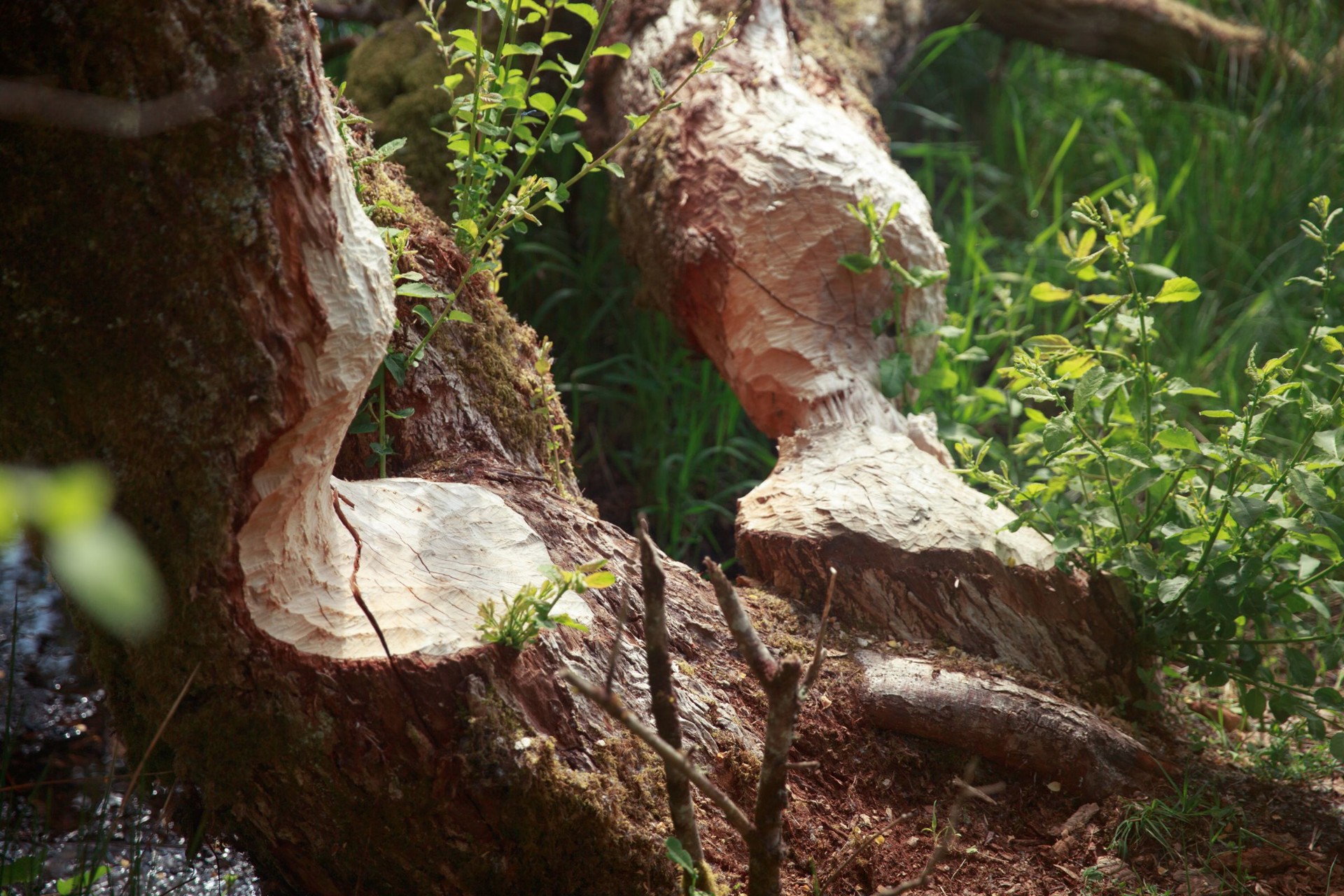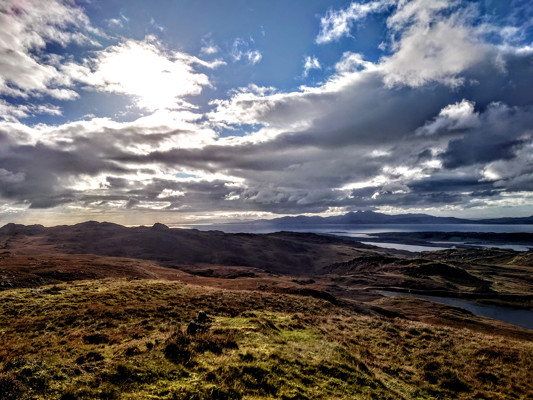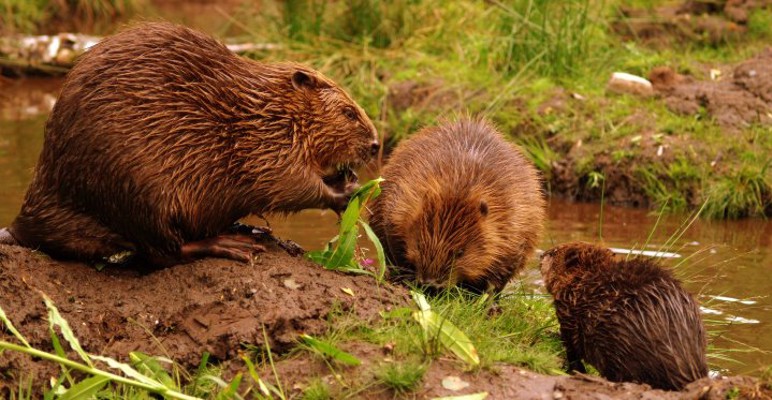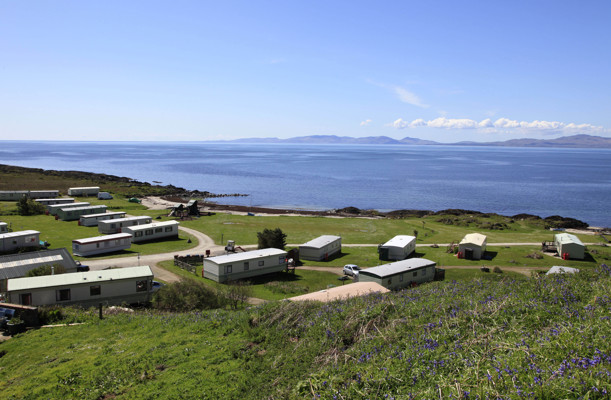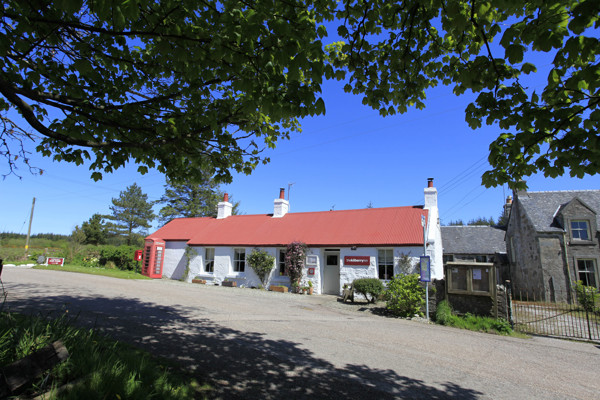Knapdale Beavers – 7 reasons to give a dam!
Beavers were reintroduced to Knapdale in Argyll in 2009 – the first beavers to live in the wild in Scotland in over 400 years.
They produced 14 young, engineered 18-metre-long dams and lodges the size of double garages and attracted thousands of visitors keen to spot them.
Here are seven reasons why you should ‘give a dam’ about the Knapdale beavers!
- Beavers are actually a native species to Scotland – they were hunted to extinction throughout Britain for their fur and meat. With the beaver extinct south of the border by the reign of Henry VIII, they held out in Scotland for a bit longer with the last ones being trapped in the 17th century.
- They’re incredible engineers, and their dams create ponds and wetlands that attract other species, including waterfowl, dragonflies, frogs, toads, newts, water voles, otters and fish.
- Their dams slow rivers down, reducing scouring and bank erosion, and improve water quality by holding back silt. During wet weather and flooding crises, naturalists have called for the reintroduction of beavers to control floods.
- In woodlands, beavers help to stimulate new growth by coppicing trees. This helps to create a more natural forest with a diverse range of trees of varying height which greatly benefits many other species. When beavers fell trees they allow light to penetrate to the ground below, promoting the growth of other, forest floor plants which encourage insects, birds and other wildlife up the food chain creating a much more diverse habitat.
- Knapdale Forest was chosen as the location for the Scottish Beaver Trial as it features a range of habitats suitable for beavers. It’s fascinating to see how they’ve transformed the landscape, constructing dams, felling trees, creating canals and building lodges. The largest dam built during the trial – 18m long and 1.6m high – was on the Dubh Loch, while the largest lodge measured 7.78m long, 2.14m high and 11.29m wide.
- The Knapdale Scottish Beaver Trial, which finished in 2014, has been hailed an outstanding success. It’s proved that beavers can live happily back in the wild in Scotland, and if managed correctly, a beaver population can have a positive impact on the landscape.
- The Knapdale beavers are still there for you to go and see. If you’re lucky enough to catch a glimpse of these elusive creatures in the wild, you’ll definitely ‘give a dam.’
Knapdale is a beautiful area to explore. This distinct Argyll region contains fascinating natural and historic attractions. It’s also within striking distance of the Crinan Canal and the wonders of Kilmartin Glen. Find out more here.
